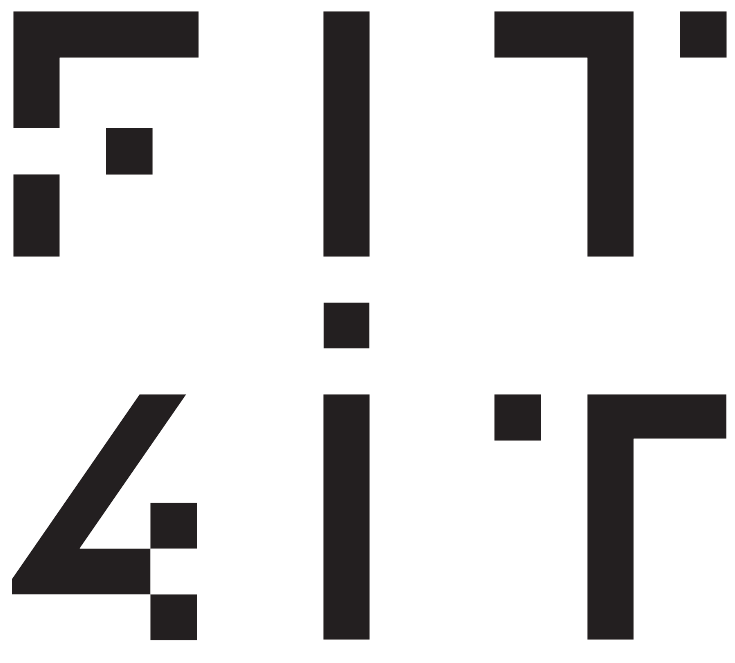Most people approach fat loss by trying to burn more than they eat through endless cardio sessions, strict diets (with a nutritionist’s help), and sheer willpower. Yet, what truly changes how your body uses energy isn’t more restriction or motion, but more muscle.
At FIT4IT, we’ve watched countless clients discover this shift. As they focus on building lean, functional strength, their bodies begin to work differently. Calories are burned more efficiently, energy levels rise, and fat loss stops feeling like a constant battle. Muscle really transforms your metabolism from within. This has all been made possible with a structured personal training, which has allowed clients to learn how to build muscle efficiently and support a metabolism that stays active all day long. Let’s have a look at the details on why muscles boosts metabolism.

ChatGPT said:
Muscle boosts metabolism because it’s an active tissue that continually uses energy, even at rest.
1. Muscle Is Metabolically Active
Every cell in your body requires energy, but not all tissues are created equal. Fat tissue is a storage, a reserve tank. It’s metabolically quiet, burning very few calories.
However, that is not the case with muscle tissue. These are hyperactive and undergo wear as you progress with exercise. This means the more lean muscle you have, the more calories your body burns even when you’re resting.
There is a supporting study that estimates that a kilogram of muscle burns roughly three to six times more energy than the same amount of fat. In simple terms, muscle turns your body into a calorie-burning machine throughout the day and night.
2. Your Resting Metabolic Rate Rises
About 60-70% of the calories you burn each day come from your Resting Metabolic Rate (RMR), the energy your body uses just to stay alive. When you add muscle, that baseline number climbs. Imagine you used to burn 1,500 calories just existing.
With more lean muscle, that could rise to 1,700 or 1,800, without changing your diet or activity. That’s why people who strength train consistently can eat more while staying lean. Their “engine” simply runs hotter.
3. Strength Training Extends The Burn
Cardio burns calories while you’re in motion, but strength training keeps your body busy long after the workout ends. When you lift, your muscles shift into repair mode, rebuilding stronger and drawing on extra oxygen and energy in the process. It is a phenomenon known as the afterburn effect.
That’s why you often feel warm, energized, or even hungrier after resistance training. Your metabolism is still active, quietly restoring and rebuilding. The more muscle you build, the higher this post-workout demand becomes, turning strength training into one of the most efficient ways to keep fat loss steady and sustainable.
4. Muscles Are The Gatekeepers Of Glucose
Your muscles are your body’s main tools for managing energy. Every time you move, they pull glucose (sugar) from your bloodstream and use it for fuel.
When you build more lean muscle, you’re basically giving your body more storage tanks for glucose, and that changes everything. Blood sugar stays steadier, insulin works better, and those mid-day crashes or late-night cravings start to fade away.
It’s something our clients notice quickly. Within a few weeks of consistent training, their energy evens out. They stop reaching for sugar to get through the day. Their metabolism simply becomes more efficient, using what they eat instead of storing it.
5. The Hormonal Advantage
Strength training not only builds muscle but also rewires your chemistry. Every session makes your body release hormones like testosterone, growth hormone, and IGF-1, which help repair tissue, increase strength, and keep your metabolism humming even after you’ve left the gym.
At the same time, it helps bring down cortisol, the stress hormone that, when it stays high, tells your body to hold on to fat around the belly. When cortisol finally settles, your body starts using energy instead of storing it.
6. More Muscle = More Flexibility (Metabolically & Physically)
A well-trained body can bounce back faster from stress, long hours, or skipped workouts because muscle keeps your metabolism adaptable and efficient.
With more lean mass, your body becomes better at managing energy, shifting smoothly between burning carbohydrates and fat depending on the situation. At FIT4IT, we see this as true metabolic freedom. It is the kind that lets you live, move, and eat with flexibility while staying strong, balanced, and in control. Working alongside a life coach can also help clients build the mindset and daily habits needed to stay consistent with their fitness goals.
7. The Compounding Effect Over Time
Each new kilogram of lean tissue adds to your calorie burn, your insulin sensitivity, and your energy. Over months and years, that translates into easier weight maintenance, lower body fat, and higher vitality, even as you age. Muscle literally slows down the metabolic decline that most people accept as “getting older.”

Strength training triggers the afterburn effect, keeping your body burning calories even after workouts.
How FIT4IT Helps?
Our Neuromuscular Shaping method targets both the dominant and dormant muscle groups that determine your posture, symmetry, and energy efficiency. Over time, life quietly reshapes how your body works. Hours spent sitting, carrying your bag on the same shoulder, chronic stress, all of it teaches your body shortcuts. Some muscles start doing too much; others quietly stop showing up.
You might not notice it at first, maybe a tight shoulder, a heavy lower back, or a side that always feels “off.” But these imbalances add up. The overworked muscles keep pulling harder, and the ones meant to help just stay asleep. It’s like driving with one wheel stuck while the others spin faster to compensate; you still move, but it’s far from smooth.
That’s where Neuromuscular Shaping steps in. Through calm, controlled, breath-led movements, we remind your body how to work as one unit again. Dormant muscles wake up, balance returns, and strength begins to spread evenly throughout your frame. Your posture lifts, your movements feel lighter, and your body finally starts moving the way it was meant to.
Each session, we design blends of activation, breath, and recovery, so your nervous system stays calm while your muscles adapt. You don’t just push harder; you train smarter. And that balance between intensity and recovery is what builds real, lasting change, faster metabolism, better energy, and a body that feels at home in its own strength.
Further Reading
- Wolfe RR. The underappreciated role of muscle in health and disease. Am J Clin Nutr. 2006. https://pubmed.ncbi.nlm.nih.gov/16960159/
- Willis LH et al. Effects of aerobic and/or resistance training on body mass and fat mass. J Appl Physiol. 2012. https://pubmed.ncbi.nlm.nih.gov/23019316/
- Pedersen BK & Febbraio MA. Muscles as endocrine organs: effects on metabolism. Nat Rev Endocrinol. 2012. https://pubmed.ncbi.nlm.nih.gov/22473333/
- Shaffer F et al. HRV and autonomic regulation. Front Physiol. 2019. https://pmc.ncbi.nlm.nih.gov/articles/PMC10014754/
- Levine JA. NEAT variability and daily energy expenditure. Proc Nutr Soc. 2002. https://pubmed.ncbi.nlm.nih.gov/15102614/
Was this helpful?
Good job! Please give your positive feedback
How could we improve this post? Please Help us.






No Comments